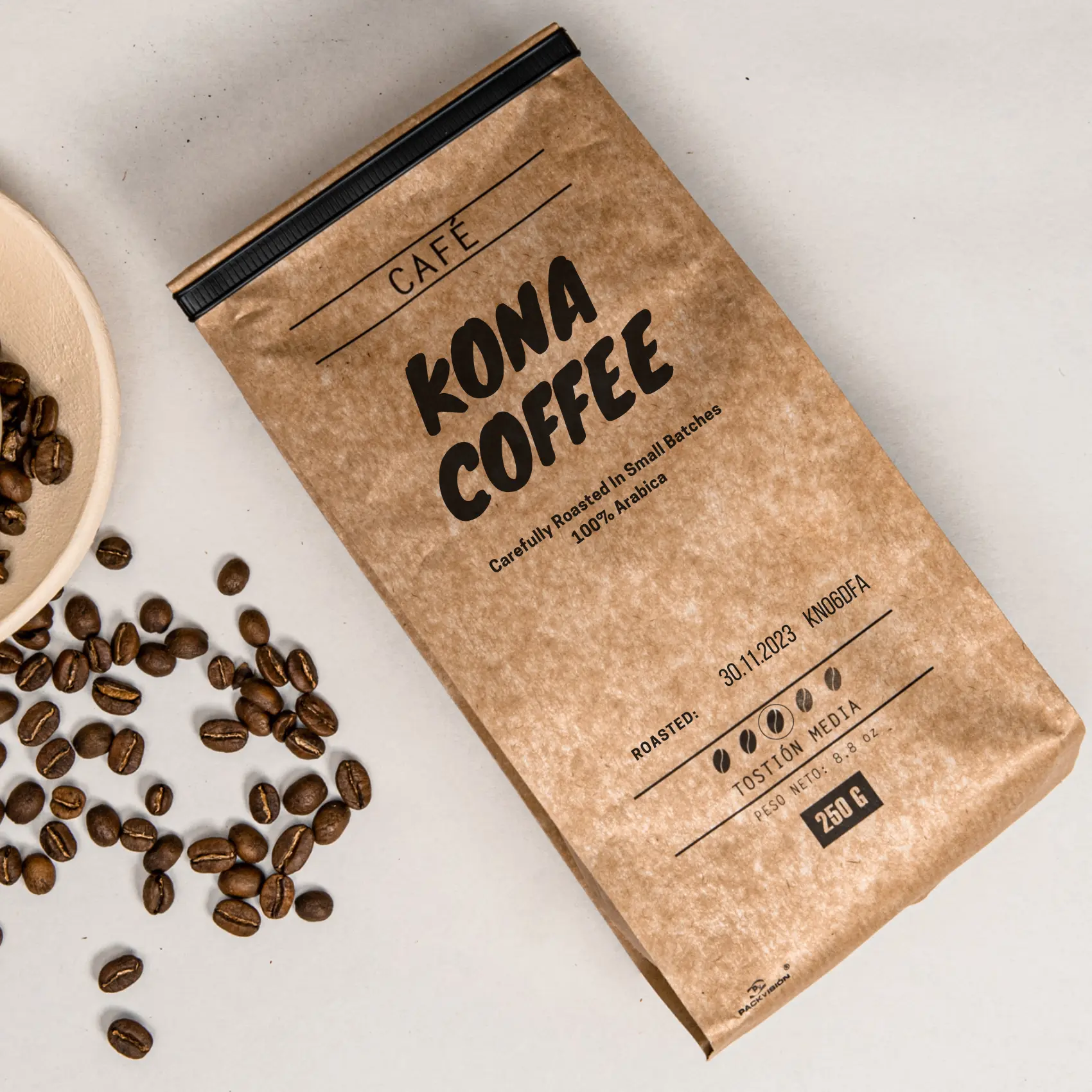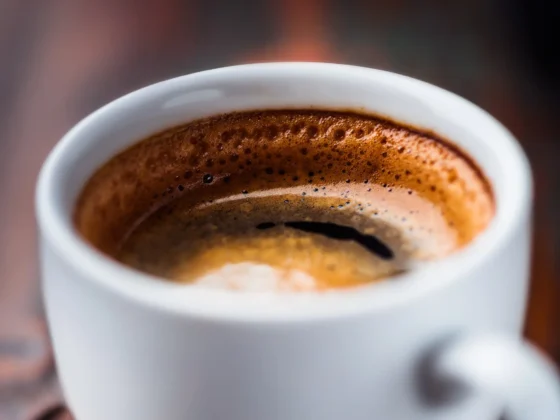Navigating the intricacies of coffee selection and preparation can be as enlightening as it is enjoyable. For both aficionados and beginners in the realm of coffee, understanding the finer details of coffee quality is crucial for a superior tasting experience. This article aims to provide comprehensive guidance on the essential elements of choosing and appreciating coffee, ranging from procuring the freshest beans to effectively deciphering coffee packaging information. Special attention is given to the importance of the roast date, a key determinant in assessing how long after roast date is coffee good. These expert tips are designed to empower readers with the knowledge needed to elevate their coffee enjoyment, ensuring every cup is savored to its fullest potential.
Roast Dates: Key Takeaway
- Roast Date Relevance: The date of the roast on coffee packaging is a crucial indicator of freshness. Understanding how long after the roast date coffee remains good is essential for ensuring you’re drinking your coffee at its peak flavor.
- Buying Fresh Coffee: Purchasing coffee from reputable sources and in small quantities ensures you get the freshest beans. Freshly roasted coffee, typically consumed within a few weeks of its roast date, offers the best taste experience.
- Deciphering Coffee Labels: Learning how to read coffee labels effectively, including origin, roast level, and flavor notes, enhances your understanding and appreciation of the coffee’s unique characteristics and flavor profile.
- Storage for Freshness: Proper storage of coffee beans is vital. Storing coffee in an airtight container in a cool, dark place helps maintain its freshness and flavor integrity.
- Personal Taste Exploration: Experimenting with coffee at various stages post-roast date can help you discover your personal taste preferences. Each coffee can have a distinct flavor evolution, so tasting it at different times can offer a new perspective on your favorite brews.
Decoding the Roast Date
Understanding the roast date on coffee beans is key for anyone looking to enjoy the best possible coffee experience. This date, often stamped on the coffee bag, is more than just a timestamp—it’s a guide to the freshness and flavor potential of the beans.
What the Roast Date Tells You
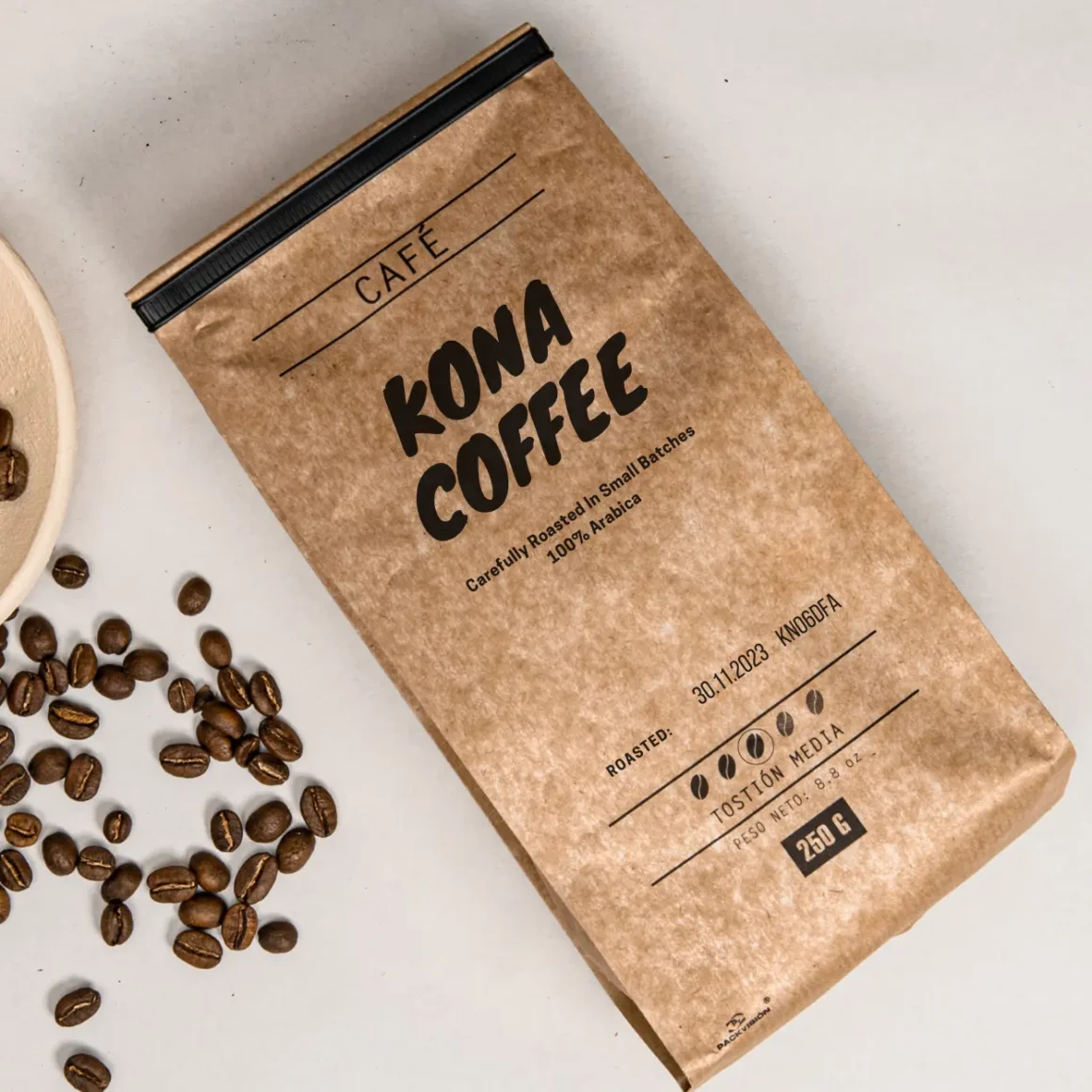
When it comes to assessing the quality of coffee beans, the date of the roast is a crucial piece of information.
- Indicator of Freshness: The roast date is the first thing to check when assessing the freshness of coffee beans. Beans are generally at their most flavorful shortly after this date.
- Flavor Development Timeline: Coffee beans typically need a few days post-roast to develop their full flavor profile. The date helps in determining this optimal period for use.
- Batch Tracking: For those who follow specific roasters, the date of the roast also assists in tracking different batches or varieties, especially when roasters frequently change their offerings.
Interpreting Different Roasting Techniques

Understanding the different roasting techniques is key to appreciating the wide range of flavors that coffee can offer.
- Light Roasts: Beans with a light roast retain more of their original flavor. The date of the roast is crucial here as these beans can quickly lose their distinct characteristics.
- Medium Roasts: These beans offer a balance between the intrinsic bean flavors and those developed during roasting. The date provides insight into how these flavors have matured.
- Dark Roasts: Beans with a dark roast have a bold, roasted flavor profile. The date of the roast ensures that these flavors haven’t diminished over time.
The Shelf Life of Roasted Coffee Beans
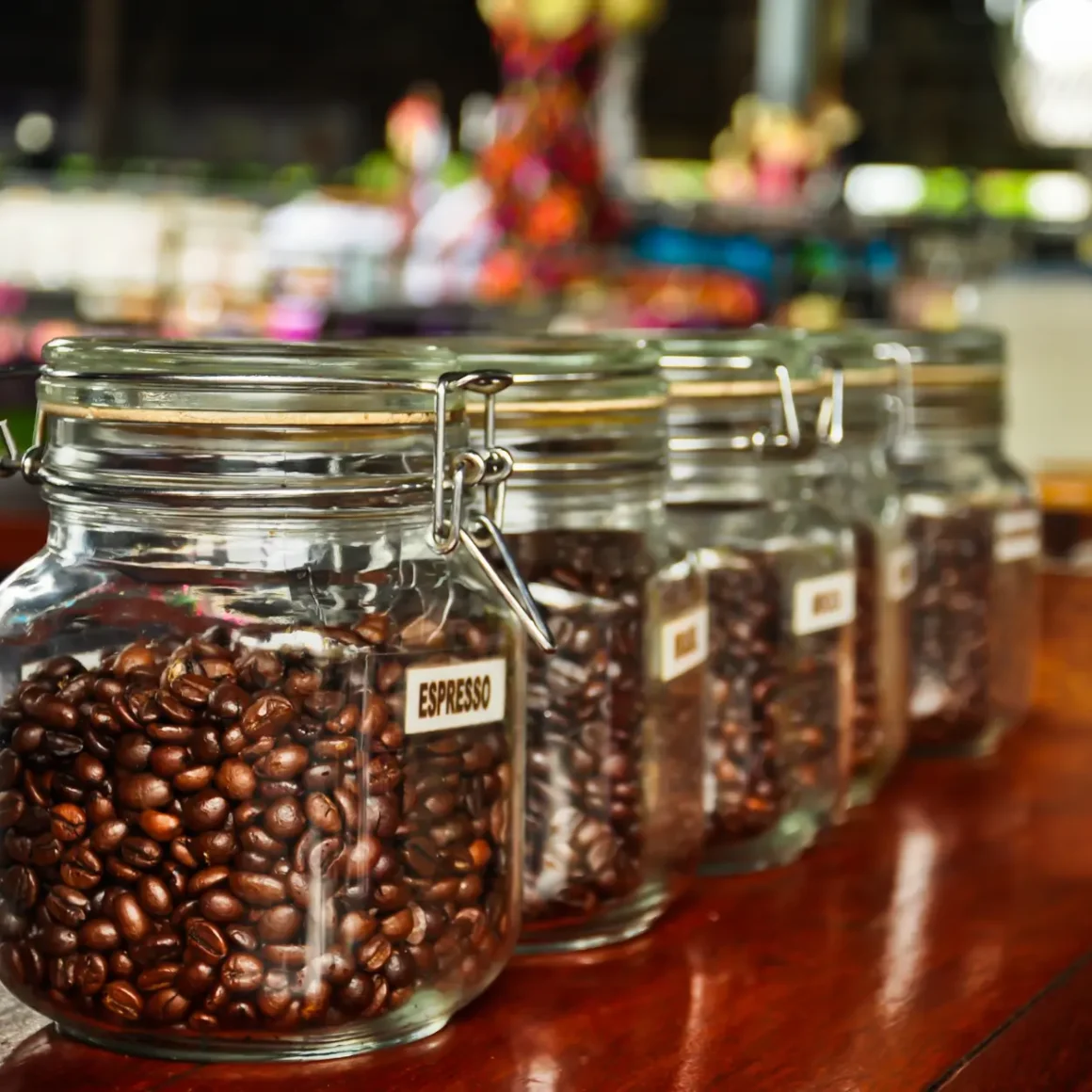
Understanding the shelf life of roasted coffee beans is vital for coffee enthusiasts who want to savor the best flavors.
- Duration of Freshness: After the date of the roast, roasted coffee beans typically maintain peak quality for about two to six weeks. This time frame can vary depending on the type of bean and the roasting process.
- Storage Factors: How long coffee lasts after the roast date also depends on storage. Knowing how to store coffee beans properly preserves their freshness.
- Impact of Grinding: Grinding the beans accelerates their oxidation process. To enjoy the best flavor, it’s advised to grind the beans close to brewing time. (1)
The date of the roast on coffee beans is a vital piece of information for maximizing your coffee experience. It informs not only about the freshness of the beans but also provides a timeline for when the beans will be at their peak flavor, considering different roasting techniques and storage conditions. Understanding how long does coffee last after roast date and how to store beans effectively can make a significant difference in the quality of your coffee.
The Impact of Roast Date on Coffee Quality
The roast date of coffee beans is a pivotal factor that significantly influences the overall quality of the coffee. It acts as an indicator of the beans’ freshness and the development of their flavor profile, which are essential aspects for coffee enthusiasts.
Freshness vs. Flavor Development
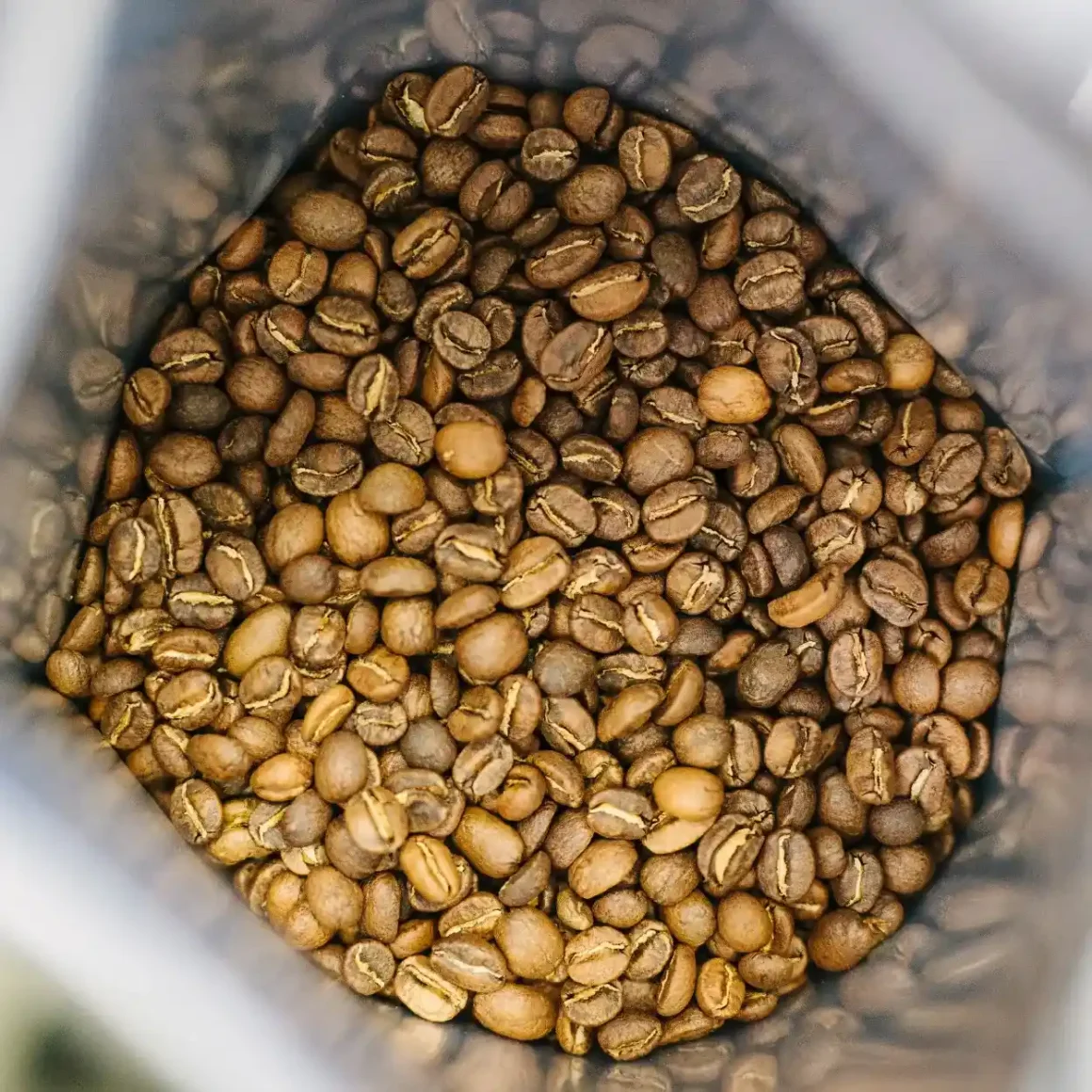
When it comes to coffee, the interplay between freshness and flavor development is essential to understanding the quality of your brew.
- Freshness: The date of the roast is a crucial indicator of how fresh the beans are. Fresh beans are synonymous with quality and a rich, robust flavor. Coffee beans are most aromatic and flavorful when they are fresh.
- Flavor Maturation: As previously discussed, after roasting, coffee beans undergo a process of flavor development. In the days immediately following the roast date, the beans release gases and their flavors start to mature. This period is crucial for the beans to develop a full and complex flavor profile.
The Optimal Time to Brew After Roasting
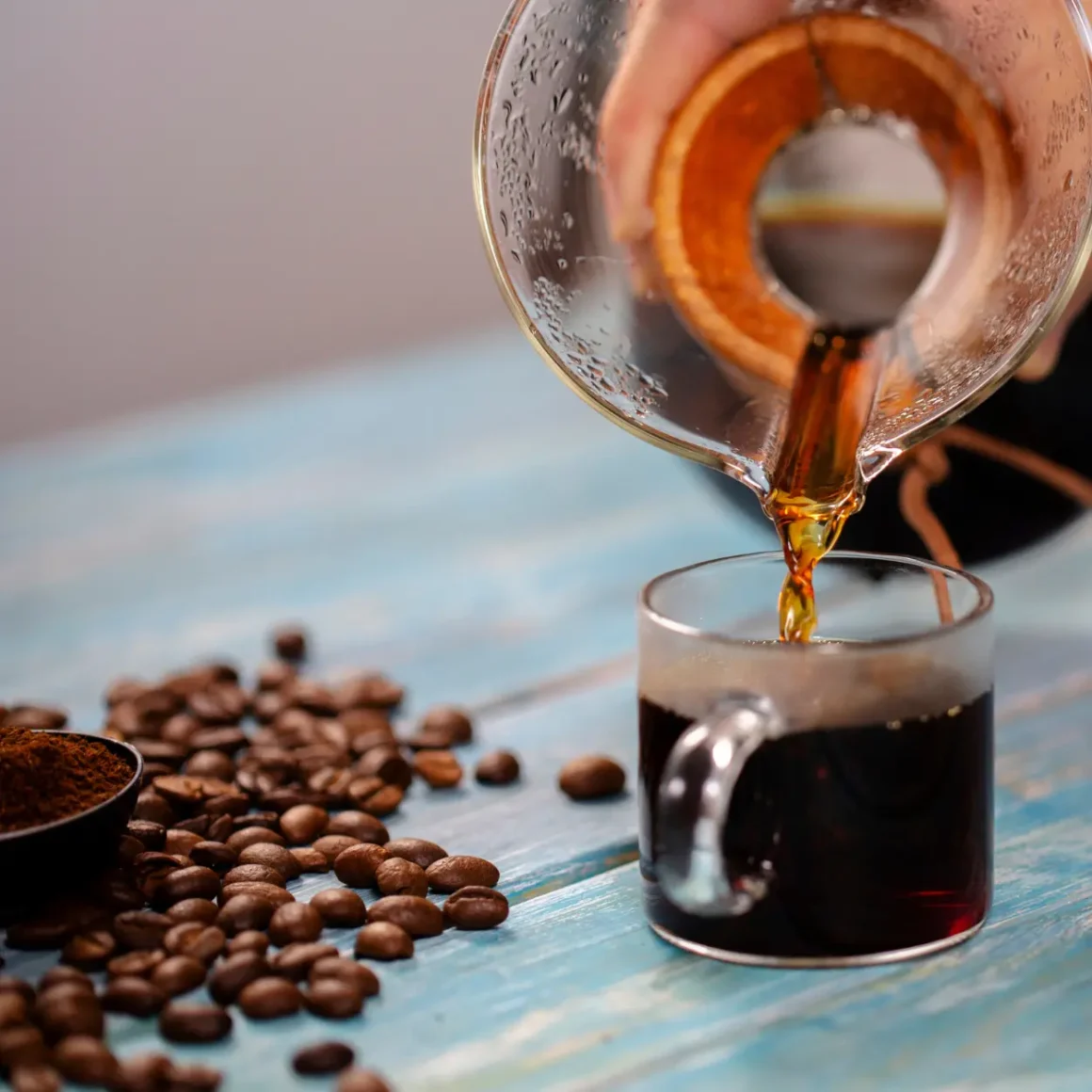
Determining the perfect time to brew coffee after it’s been roasted can be a matter of personal preference, but certain guidelines can help you make the most of your beans.
- Ideal Brewing Window: The best time to brew coffee after its roast date varies depending on the roast and personal preference. However, a common guideline is to brew coffee beans within two weeks to a month after their roast date. This timeframe allows the beans to degas and their flavors to fully develop.
- Roast Types and Timing: Lighter roasts might need less time to degas and can be used earlier, while darker roasts might benefit from a bit more time to develop their deeper, more robust flavors.
Storing Coffee Beans to Preserve Freshness
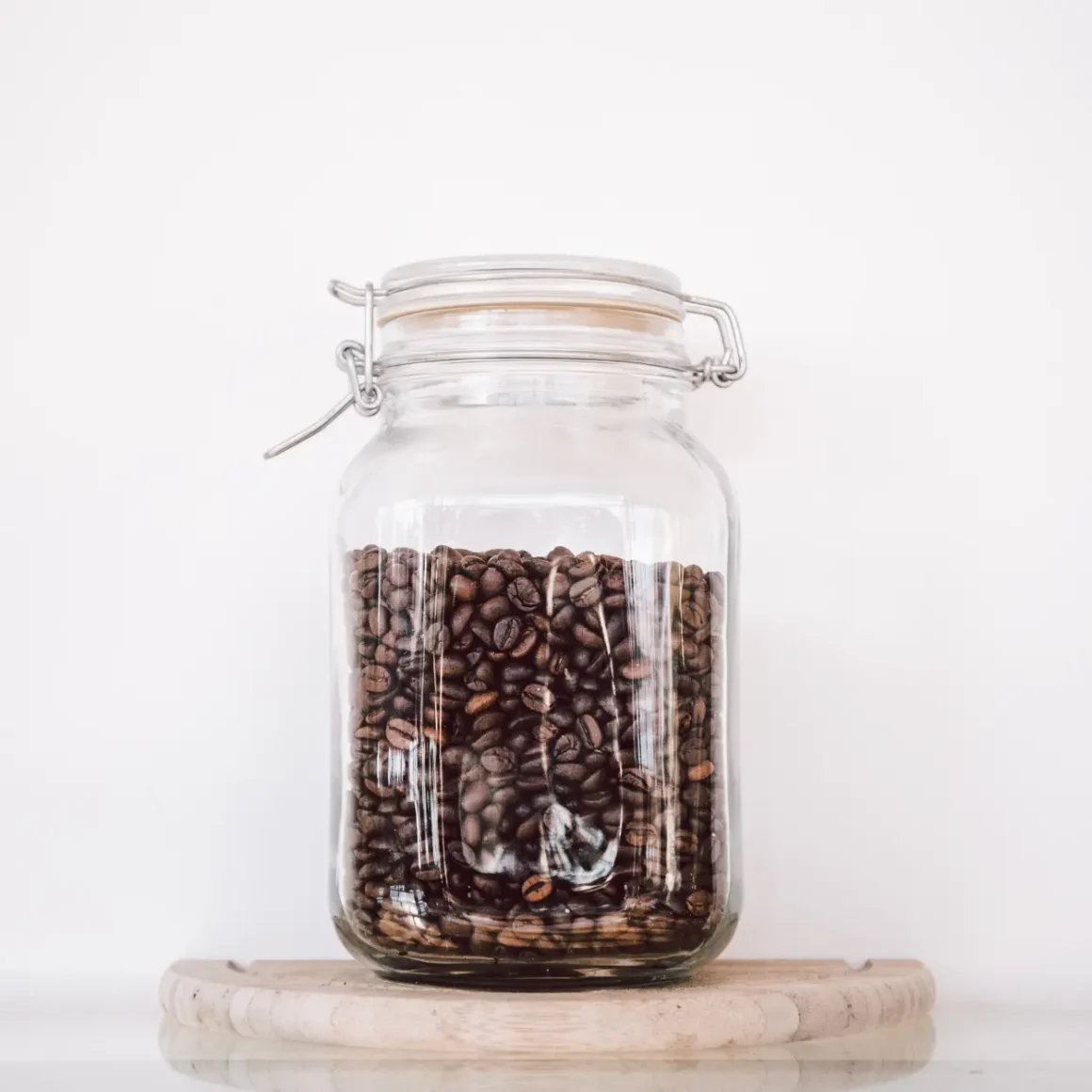
Proper storage is essential for preserving the freshness and flavor of coffee beans.
- Coffee Storage: Proper coffee bean storage is essential to maintain the beans’ freshness and flavor. The ideal storage conditions are in an airtight container in a cool, dark place. This helps to preserve the beans’ quality and prolongs their freshness. (2)
- Avoiding Degradation: Exposure to air, light, heat, and moisture can significantly degrade the quality of the coffee beans. Therefore, it is vital to store the beans properly to minimize exposure to these elements.
The roast date on coffee beans is a vital indicator of their freshness and the development of their flavor. For coffee lovers, understanding the importance of this date and the optimal time to brew after roasting can greatly enhance the coffee experience. Moreover, proper coffee storage is essential to preserve the freshness and quality of the beans, ensuring that each cup of coffee is as delicious as possible.
Choosing the Right Roast for You
Selecting the right coffee roast is an essential part of crafting your perfect cup of coffee. The roast level not only affects the flavor and aroma of the coffee but also influences how it pairs with different brewing methods. Understanding the nuances of light, medium, and dark roasts can help you find the roast that best suits your taste preferences.
Understanding Light, Medium, and Dark Roasts
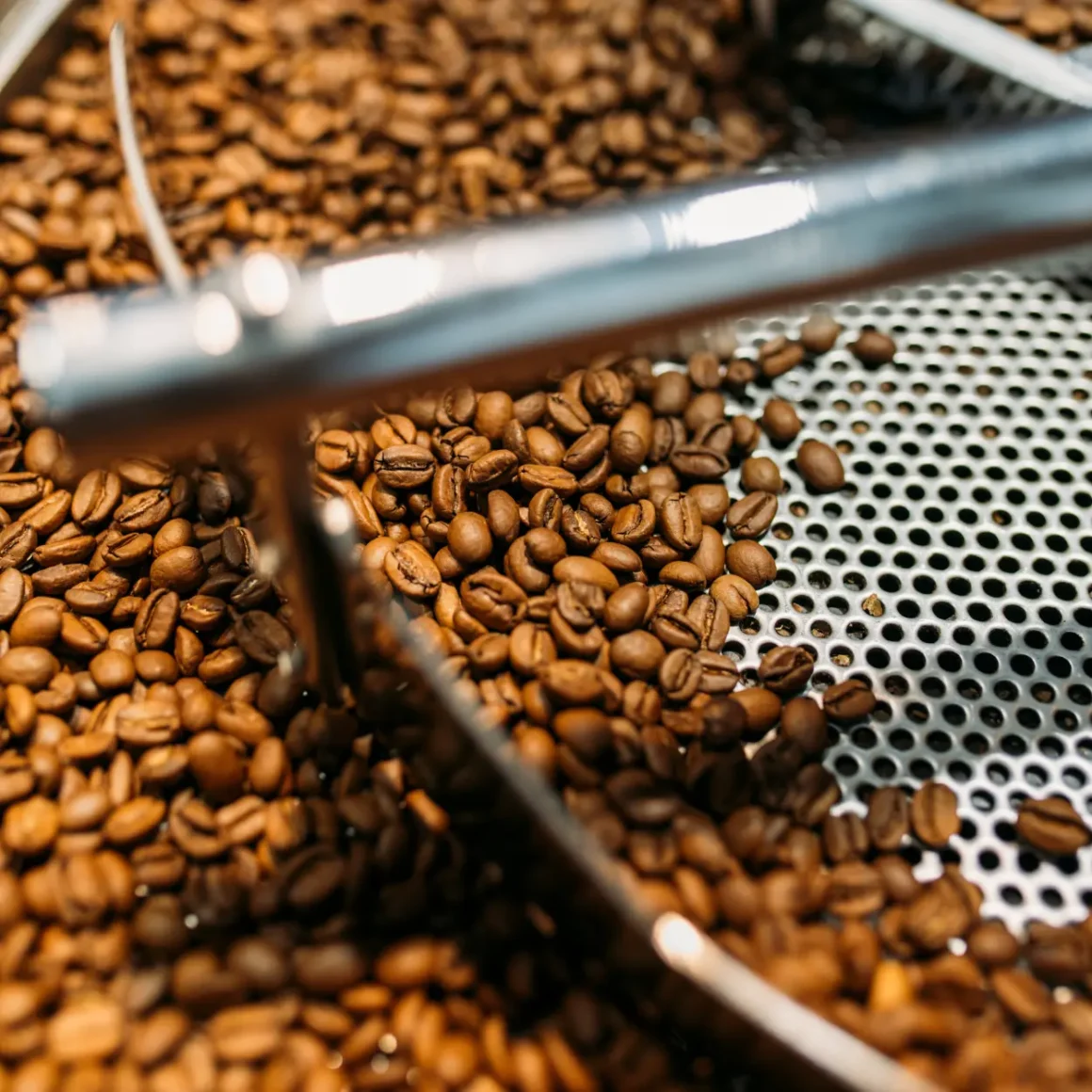
Coffee roasting is an art that brings out a variety of flavors, and understanding the characteristics of light, medium, and dark roasts is essential for coffee enthusiasts.
- Light Roasts: Lightly roasted beans are characterized by a light brown color and lack of oil on the surface. These roasts typically preserve the original flavors of the coffee bean, offering a higher acidity, lighter body, and more pronounced fruity or floral notes.
- Medium Roasts: Medium roasts have a medium brown color and a more balanced flavor, aroma, and acidity. They are often preferred for their smoother, richer body compared to light roasts.
- Dark Roasts: Dark roasted beans are dark brown, often with an oily surface. They have a pronounced bitterness, with smoky or chocolatey notes dominating the flavor profile. The dark roast vs medium roast comparison typically revolves around the trade-off between the bold, robust flavors of dark roasts and the balanced, nuanced flavors of medium roasts.
Pairing Roast Profiles with Brewing Methods
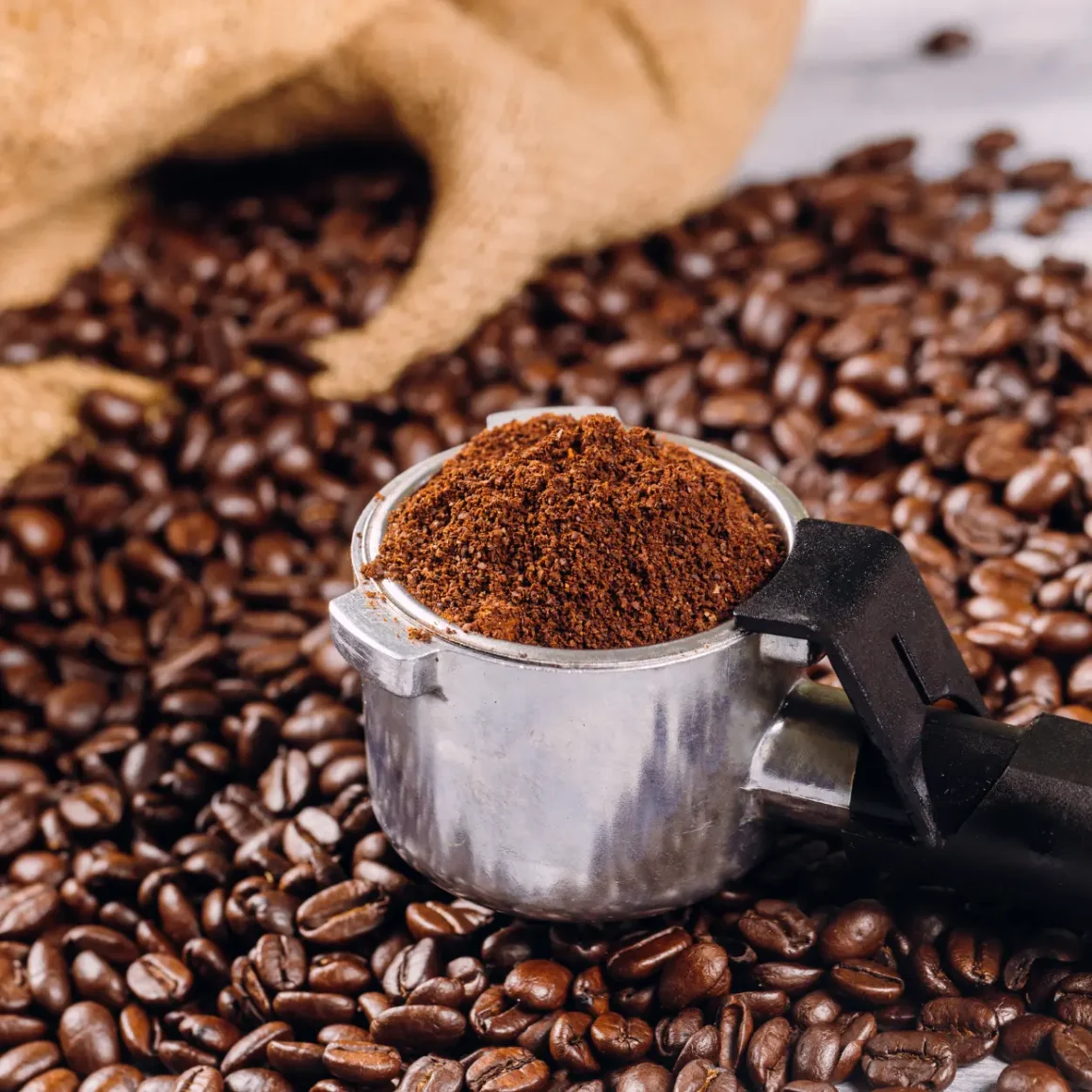
Selecting the right roast profile to pair with your preferred brewing method can greatly enhance your coffee experience.
- Espresso and Dark Roasts: Dark roasts are commonly used for espresso due to their bold flavor and ability to stand up to the intensity of the espresso brewing process.
- Pour-Over and Light Roasts: Light roasts are often preferred for pour-over and other manual brewing methods, as these methods highlight the roast’s acidity and complex flavor notes.
- French Press and Medium Roasts: Medium roasts work well with French press coffee brewing, offering a good balance between flavor intensity and subtlety.
Personal Preferences and Experimentation
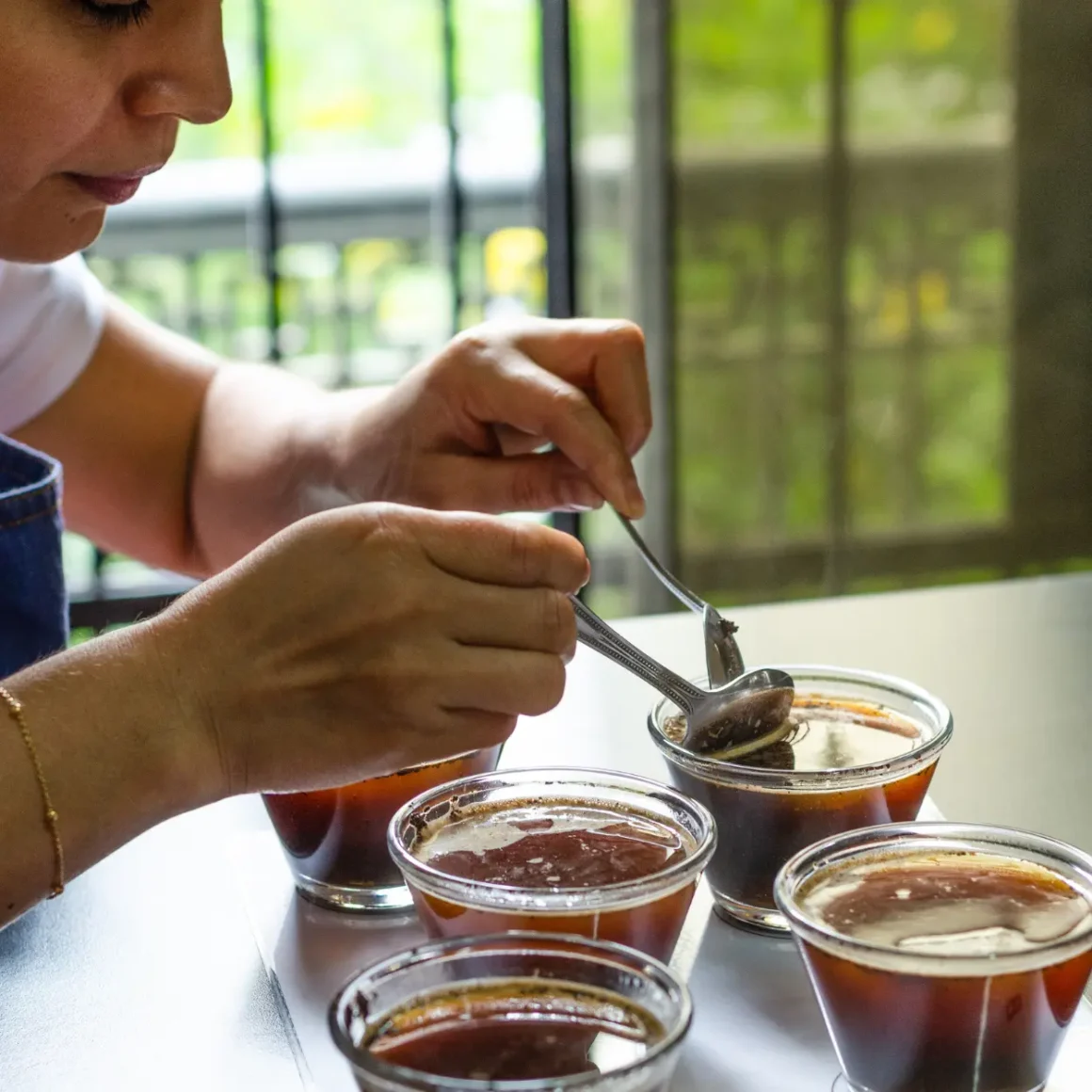
Discovering your ideal coffee experience involves exploration and experimentation.
- Taste Exploration: It’s important to experiment with different roasts and brewing methods to discover what suits your taste best. Personal preference plays a significant role in choosing the right roast.
- Experimentation with Brewing: Trying the same roast with different brewing methods can also offer insights into how brewing techniques influence the final cup.
- Blend Experimentation: Blending different roasts can create unique flavor profiles, offering a personalized coffee experience.
Overall, choosing the right coffee roast is a personal journey that involves understanding the characteristics of light, medium, and dark roasts, experimenting with how these roasts pair with different brewing methods, and exploring your taste preferences. Whether you prefer the bright, acidic notes of a light roast or the bold, robust flavors of a dark roast, there’s a world of coffee experiences waiting to be discovered.
Expert Tips and Tricks
When it comes to enjoying the best cup of coffee, understanding how to select and interpret coffee products is key. From buying fresh coffee to reading packaging labels and considering roast dates, each element plays a crucial role in ensuring a superior coffee-tasting experience.
Best Practices for Buying Fresh Coffee
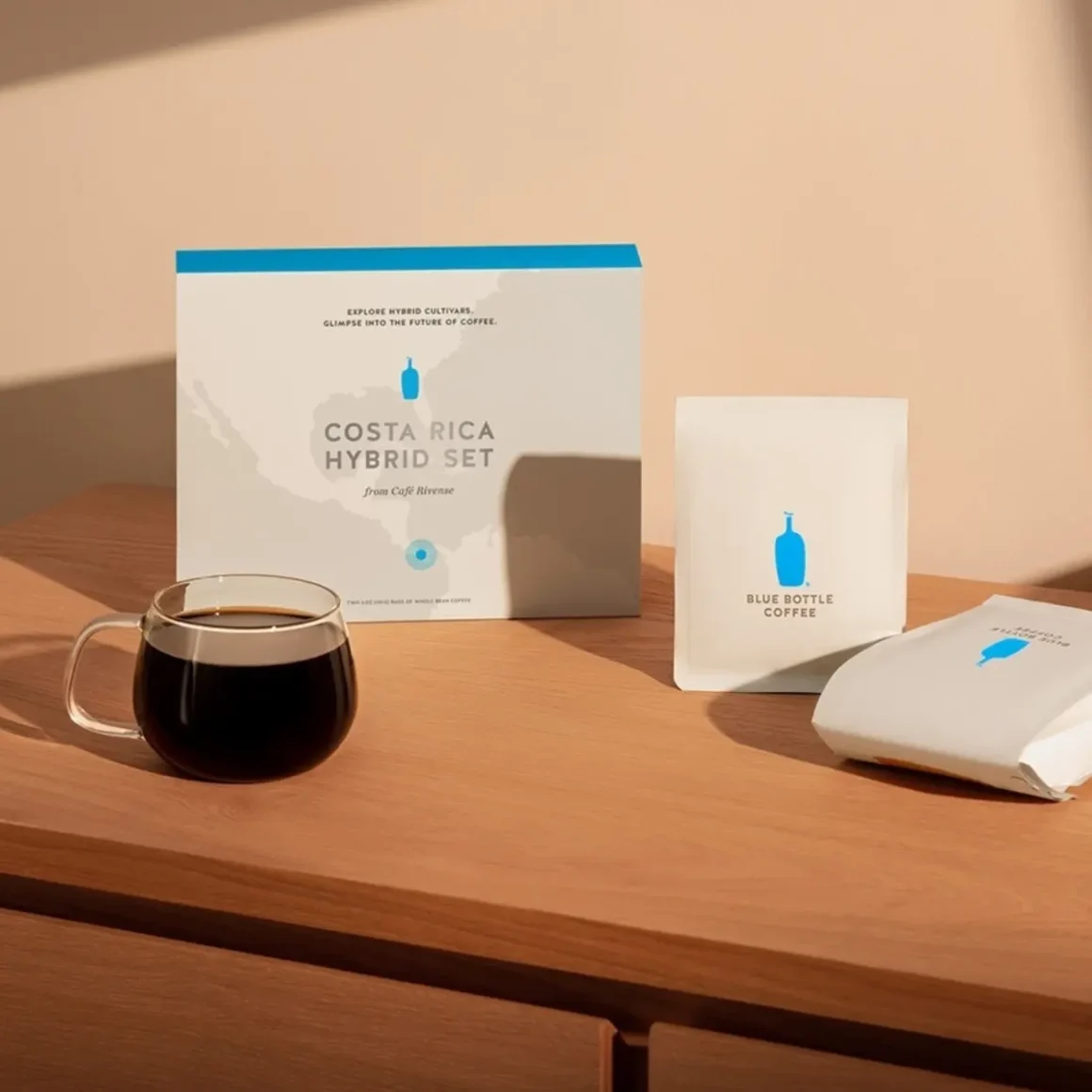
To ensure you enjoy the freshest and most flavorful coffee, consider the following best practices when making your coffee purchases.
- Purchase from Reputable Sources: Buy coffee from reputable roasters or specialty coffee shops known for their quality. These places often have a direct relationship with coffee farmers and prioritize freshness.
- Check for Roast Date: Always look for a roast date on the coffee bag. Freshly roasted coffee, usually within a few weeks of the date of the roast, is ideal for the best flavor.
- Buy in Small Quantities: It’s better to buy coffee in small quantities that you can use within a short period, ensuring that the coffee remains fresh.
How to Read Coffee Packaging Labels Effectively
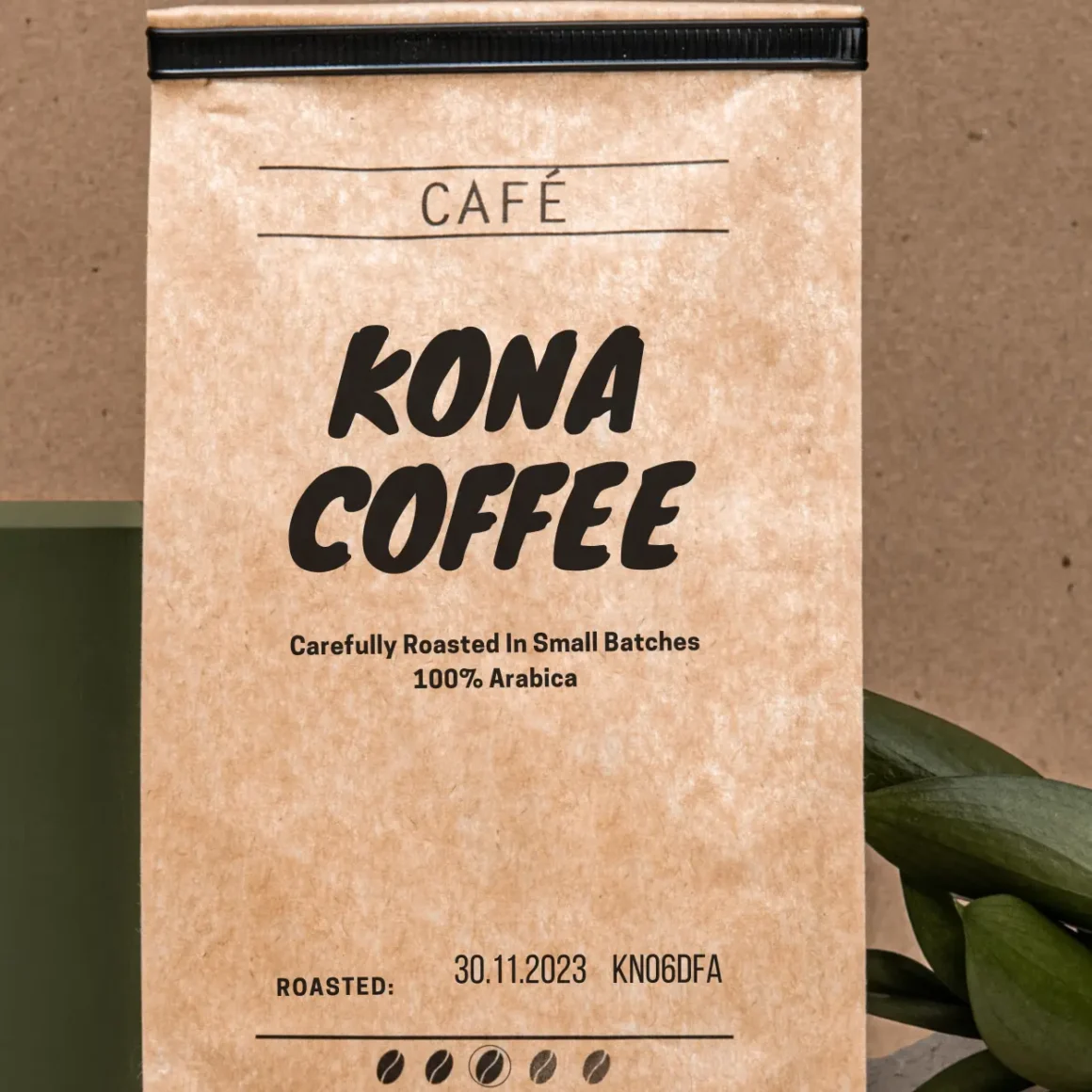
Effectively decoding coffee packaging labels can help you make informed choices when selecting your beans.
- Origin Information: Look for information about the coffee’s origin, which can give you clues about its flavor profile. Coffee from different regions often has distinct taste characteristics.
- Roast Level: Identify the roast level (light, medium, dark). This will help you anticipate the coffee’s flavor and strength.
- Flavor Notes: Many roasters include flavor notes on their packaging. These are not added flavors but rather a guide to the natural flavors you might detect in the coffee.
The Role of Roast Dates in Coffee Tasting

Understanding the significance of roast dates in coffee tasting is key to enjoying a superior coffee experience.
- Freshness Indicator: As mentioned before, the date of the roast on a coffee package is a significant indicator of freshness. Fresher coffee generally offers a more vibrant and complex flavor.
- Taste Evolution: Understanding that coffee flavors evolve over time after the date of the roast can help in planning your coffee consumption for optimal taste.
- Experimentation with Age: Experiment with coffee at different stages after its roast date to find your preferred taste profile, as some coffees might taste better a few days or weeks after roasting.
Becoming adept at selecting and understanding coffee involves knowing where and how to buy fresh coffee, effectively reading coffee packaging labels, and appreciating the importance of the date of the roast in determining coffee’s taste. These insights are invaluable for anyone looking to enhance their coffee-tasting experience.
Conclusion
The journey to enjoying the perfect cup of coffee is enriched by a deeper understanding of key factors such as the roast date, the art of selecting fresh coffee, and the skill of reading coffee labels. Recognizing the importance of how long after the roast date coffee remains good, and employing proper storage techniques, can significantly enhance the quality of your coffee experience. Additionally, personal exploration and experimentation with different coffee profiles play a pivotal role in shaping your coffee preferences. Armed with these insights, coffee lovers can elevate their daily ritual into a more nuanced and satisfying experience, one cup at a time.
FAQ
How long after roasting is coffee at its best?
Coffee is generally at its best within a few days to a month after roasting, allowing flavors to fully develop.
Can the taste of coffee change after the roast date?
Yes, the taste of coffee can change after the date of the roast as it ages, often losing some freshness and complexity.
What is the difference between light and dark roast dates?
The difference is not in the dates themselves but in the flavor profiles; light roasts retain more original bean flavor, while dark roasts have a bolder, more robust taste.
How to store coffee beans based on roast date?
Store coffee beans in an airtight container in a cool, dark place, regardless of the date of the roast, to preserve freshness and flavor.
